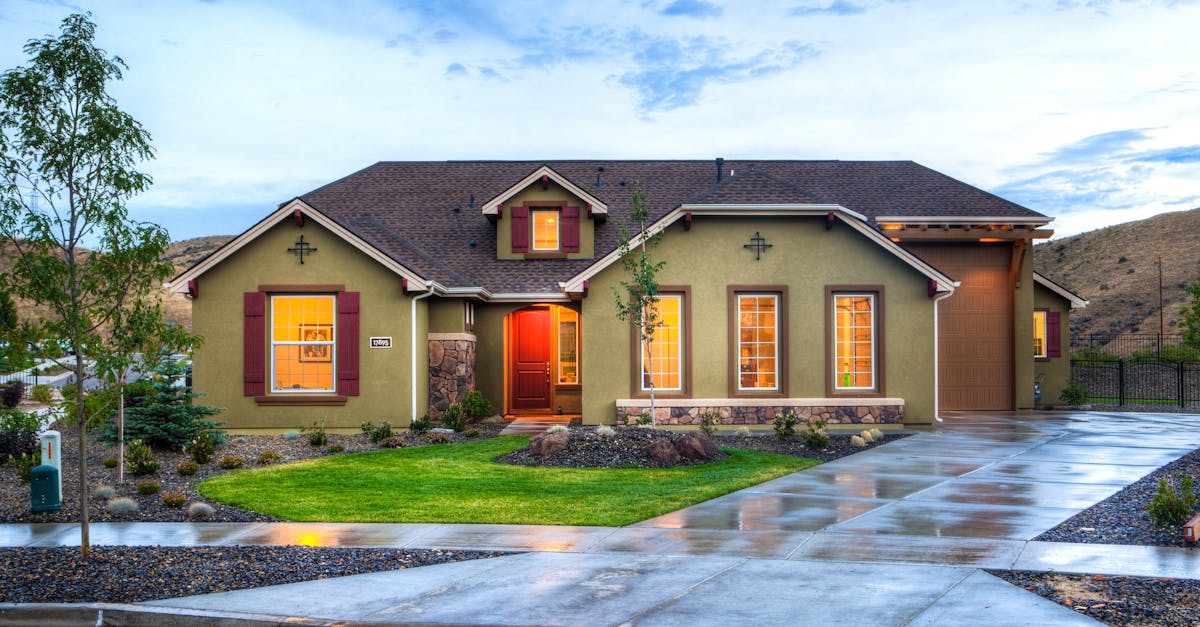Benefits of Colorbond Roofing for the Environment
Regular Inspections and Maintenance Checks Benefits of Stringent Quality Control in Colorbond Roof Installation
NegotiaTable Of ContentsHow can homeowners maintain quality control post-installation of their Colorbond roof?
How can I ensure transparency in the contract terms and conditions during negotiations for Colorbond roof replacement?
Is it advisable to get multiple quotes for Colorbond roof replacement to leverage a better negotiation position?
How can I use competing offers to drive down the prices for Colorbond roof replacement?
Why is it important to establish open communication with the roofing company during negotiations for Colorbond roof replacement?
Setting Clear Terms and Conditions in the Contract
When negotiating the price for a Colorbond roof replacement, it is crucial to set clear terms and conditions in the contract. This includes detailing the scope of work to be done, the materials to be used, and the timeline for completion. By clearly outlining these aspects in the contract, both parties can ensure that there is a shared understanding of the project requirements and expectations.
In addition to outlining the work to be completed, the contract should also specify the agreed-upon price for the project. It is important to include a breakdown of costs, including labor, materials, and any additional fees that may apply. By establishing clear terms and conditions regarding pricing, both the homeowner and the roofing company can avoid any misunderstandings or disputes later on in the project.
Clarifying Payment Schedules and Project Timelines
When negotiating the price for a Colorbond roof replacement, it is crucial to have a clear understanding of the payment schedules and project timelines. Before finalizing the contract, ensure that the payment terms are explici
Setting specific project timelines is equally important to ensure the smooth progression of the roof replacement. Clearly define the start date, expected duration of the project, and any milestones that need to be met along the way. This will help in managing expectations and holding both parties accountable for sticking to the agreed-upon schedule. By having a transparent payment schedule and project timeline, you can pave the way for a successful Colorbond roof replacement project.
Leveraging Multiple Quotes for a Better Negotiation Position
Getting multiple quotes for a Colorbond roof replacement is a smart strategy to secure a better negotiation position. By obtaining several quotes from different roofing companies, you gain valuable insights into the various pricing options available in the market. This not only allows you to compare prices but also empowers you to leverage these quotes during negotiations to potentially secure a more competitive deal for your roof replacement project.
When you have multiple quotes in hand, take the time to carefully review and analyze each offer. Pay close attention to the breakdown of costs, services included, and the quality of materials proposed by each roofing company. By having a clear understanding of what each quote entails, you can confidently negotiate with the selected contractor to see if they can match or beat the prices offered by their competitors. This proactive approach positions you as an informed consumer, demonstrating that you have done your homework and are ready to make a well-informed decision regarding your Colorbond roof replacement project.
Using Competing Offers to Drive Prices Down
To effectively negotiate the price for a Colorbond roof replacement, it is crucial to leverage multiple quotes from different contractors. By obtaining various offers, you can create a competitive environment where companies are motivated to provide their best rates in order to secure the project. This not only gives you a clearer understanding of the market price range but also puts you in a stronger position to drive prices down.
When presenting competing offers to the roofing companies, be assertive and direct in communicating your expectations. Clearly outline the details of the other quotes you have received and express your desire for a more competitive price. By demonstrating that you are actively engaging with multiple options, you signal to the contractors that they need to offer a more appealing deal to win your business. This approach can lead to more favourable negotiations and potentially lower costs for your Colorbond roof replacement project.
Table Of ContentsEstablishing Open Communication with the Roofing Company
InsulationEstablishing open communication with the roofing company is crucial for a successful Colorbond roof replacement project. By fostering a transparent and honest dialogue, both you and the roofing company can ensure that any concerns or questions are addressed promptly. Open communication also allows for a smooth flow of information regarding the project timeline, material choices, and any unexpected issues that may arise during the roof replacement process.
It is vital to establish a communication channel that allows for easy access to the roofing company's team members. Whether it be through email, phone calls, or in-person meetings, maintaining regular contact ensures that both parties are well-informed and on the same page throughout the project. By openly discussing any changes, challenges, or special requests that may come up, you can build a strong working relationship with the roofing company, leading to a successful and satisfactory Colorbond roof replacement experience.
Effect of proper insulation on Colorbond roofing performance
Ventilation
Significance of adequate ventilation in maintaining Colorbond roofing integritySurrounding Environment
How environmental factors impact Colorbond roofing longevity
FAQS
How does insulation impact the durability of Colorbond roofing?